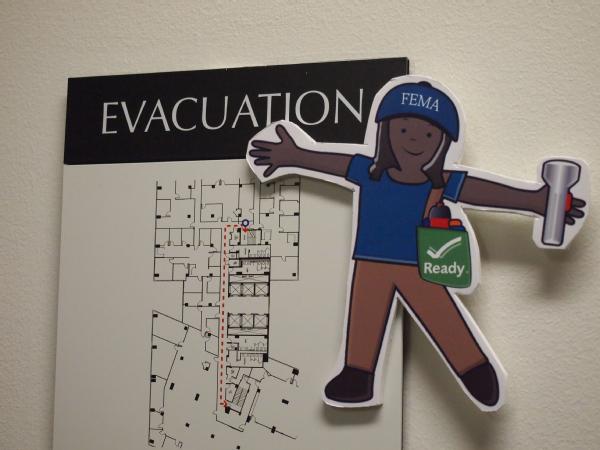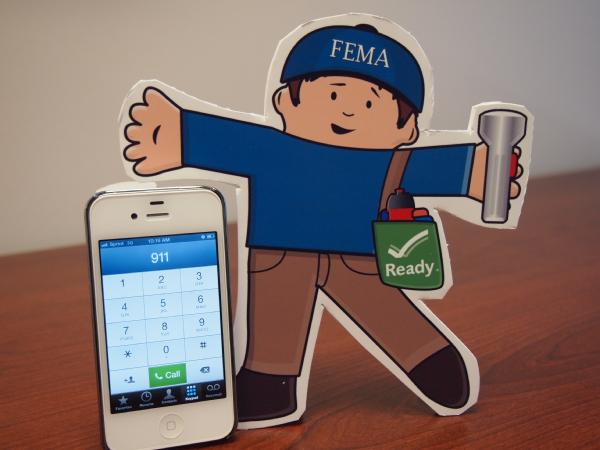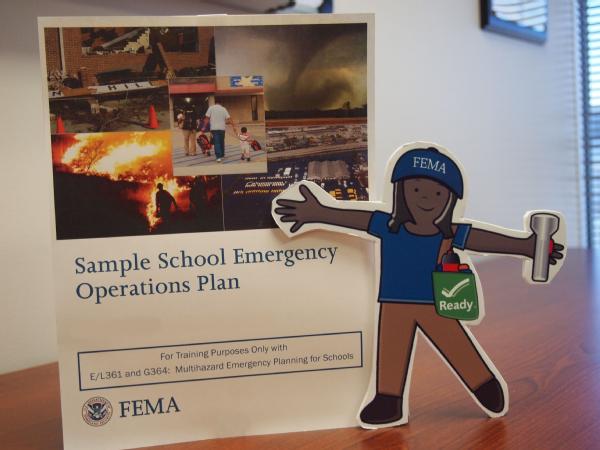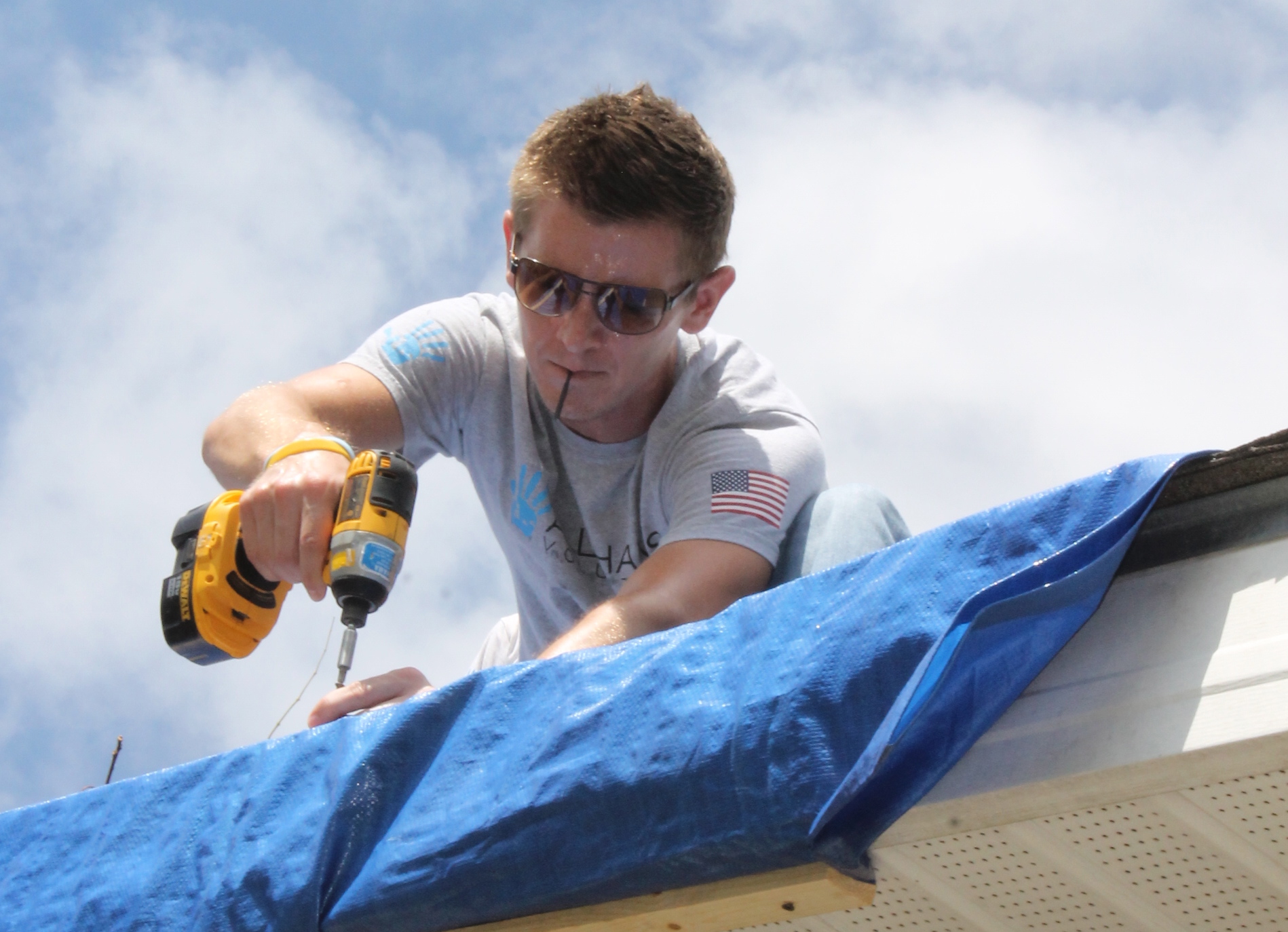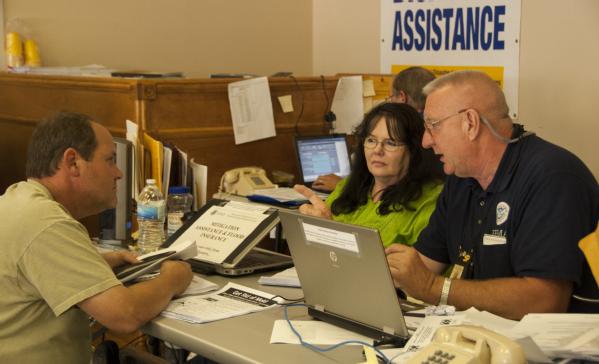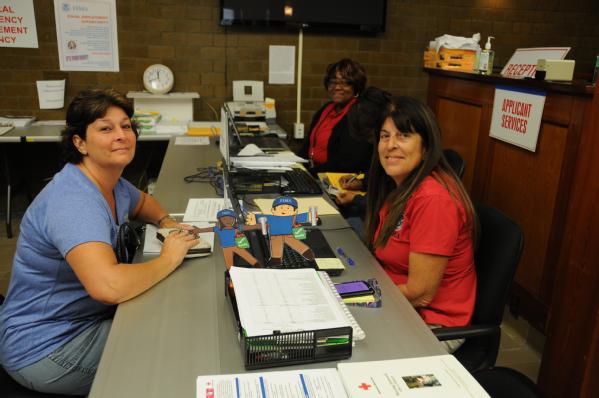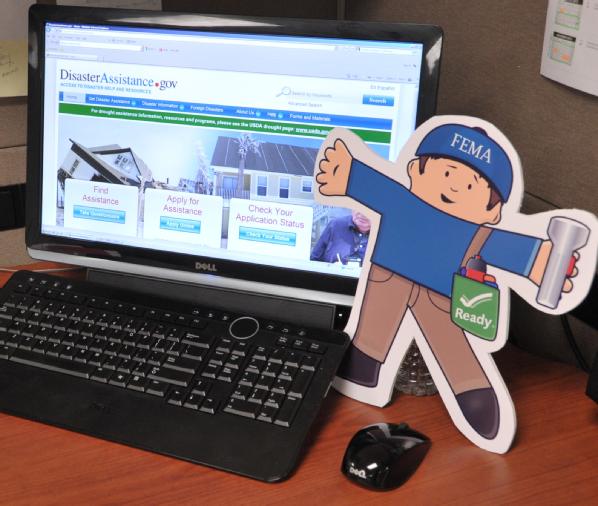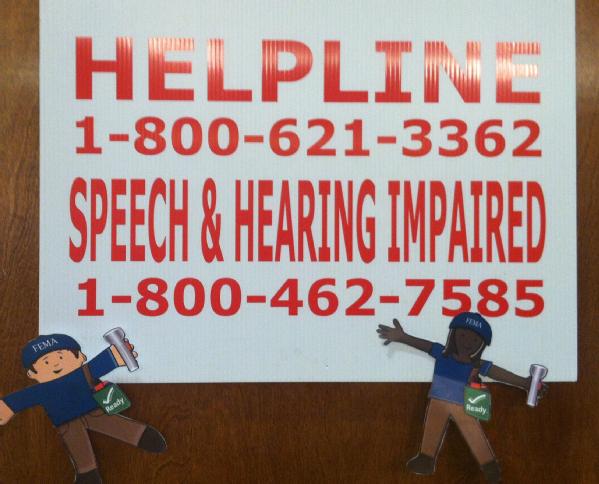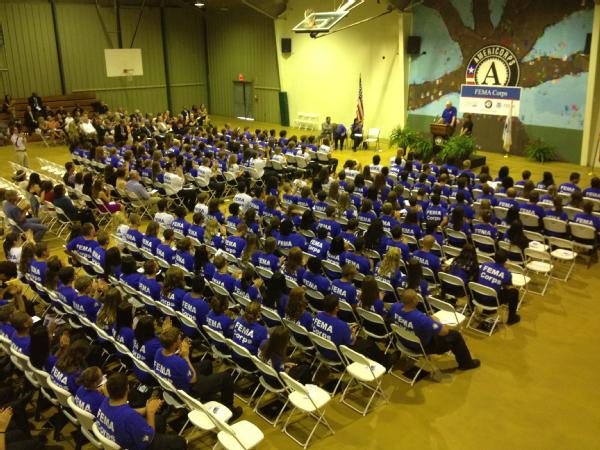It’s been three weeks since Tropical Depression #9 became “Isaac” in the central Atlantic. Over that time, we saw a slowly growing and changing storm and a closely coordinated emergency management team that was ready to respond to it. The team included local, state, tribal and federal government, the private sector, faith-based organizations and volunteer agencies– and FEMA was proud to be part of it.
I traveled across the Gulf Coast, before, during and after the storm, and witnessed years of advanced planning become a smart response. Investments in mitigation paid off, preventing the storm from being more destructive. Emergency managers didn’t wait for the storm to hit, and FEMA worked with state and local authorities to prepare and get supplies in place. Finally, we had an eye on recovery before the storm arrived, which aided communities in accelerating the recovery process. The bottom line – everyone worked together to prepare for this storm and it saved lives.
Isaac was initially a threat to Puerto Rico and the U.S. Virgin Islands, where FEMA deployed Incident Management Assessment Teams (IMATs) to assist local officials and prepare to distribute federal resources that are staged year-round in the Caribbean. As the storm passed to the south of the islands, residents experienced some flash flooding, but thankfully avoided a direct hit from the storm.
As the storm proceeded towards Florida, I was on the ground in my home state to ensure that the federal government was in full support of local efforts. With an unclear path for the storm, officials from the east coast of Florida through the Gulf Coast started preparing for Isaac. FEMA staged resources in Jacksonville, Florida and Montgomery, Alabama, ready to move them closer to the impacted region as the path became clearer. While the storm was still in the Gulf of Mexico, I traveled along the I-10 highway, visiting with the governors and/or emergency managers in Florida, Alabama, Mississippi and Louisiana as the storm approached.
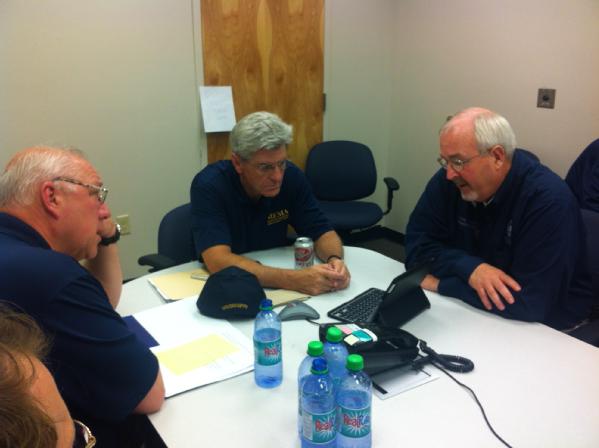
Gulfport, Miss., Aug. 28, 2012 -- FEMA Administrator Craig Fugate meeting with MEMA Director Robert Latham (left) and Mississippi Gov. Bryant (center) to discuss Hurricane Isaac preparations.
We made sure we were working closely together before the storm made landfall and on Tuesday, President Obama signed emergency declarations for Louisiana and Mississippi in advance of the onset of the storm, making aid available for federal support to save lives and to protect property, public health and safety in designated counties and parishes. First responders could get to work knowing that the federal government had their back.
I’ve waited for a lot of storms to make landfall and the anticipation never gets easier. The close coordination the federal government had with the states beforehand left me more confident than ever that our team was prepared.
The preparedness measures were in the making longer than two weeks— they went back years. Smart investments in mitigation projects protected people and property across the impacted region. On average, every $1 invested in mitigation saves $4 that would have been expended on a disaster. After hurricanes Katrina and Rita, FEMA’s Hazard Mitigation Grant Program provided grants to communities and state agencies for projects designed to save lives and protect property.
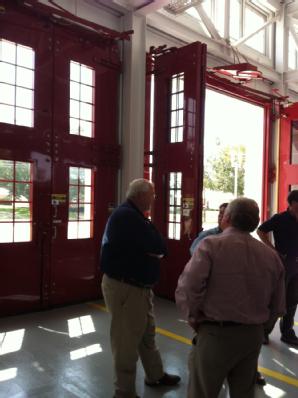
Bay St. Louis, Miss., Sep. 4, 2012 -- FEMA Administrator Craig Fugate visits the Bay St. Louis Fire Department in Mississippi following Hurricane Isaac.
In Mississippi, I visited the Bay St. Louis Fire House which was heavily impacted by Hurricane Katrina in 2005. In August, 2010, the community cut the ribbon on a new Fire House that doubles as a safe room for up to 68 first responders, protecting them from winds in excess of 200 miles per hours for a period of 36 hours. When Hurricane Isaac made landfall, slowly drenching the Gulf Coast in rain, first responders were able to respond and save lives because they had prepared.
In Louisiana, the Plaquemines Parish Faculty Housing project opened just last month, replacing housing destroyed by Hurricane Katrina. This time, the new housing was elevated to protect it from flooding. With the support of FEMA, the Plaquemines Parish School Board also rebuilt many of its schools over the last few years, following Hurricanes Katrina, Rita, Gustav and Ike. Reports from the school board indicate that damage from Hurricane Isaac is minimal and none of the facilities flooded, thanks to smart investments in mitigation. As a result, all Plaquemines Parish schools were open yesterday, helping kids in the community to move beyond the storm.
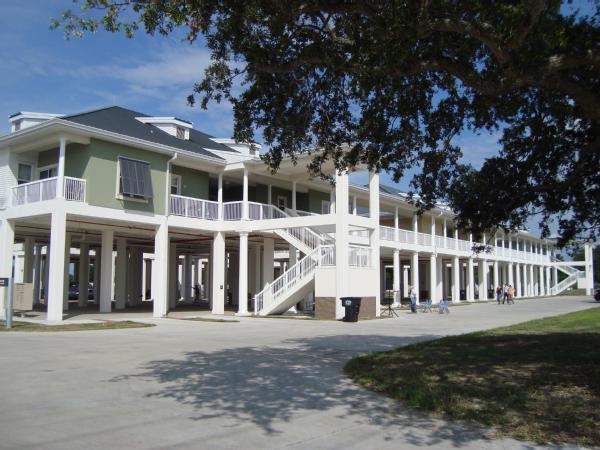
Plaquemines Parish, La., Aug. 6, 2012 -- Photo of the Plaquemines Parish Faculty Housing project which celebrated its opening on August 6, 2012. FEMA obligated $8 million to this project which replaced housing destroyed by Hurricane Katrina.
Inevitably after a disaster, the national spotlight moves on to something else, but FEMA isn’t going anywhere. This is a team effort and we are on the Gulf Coast to assist the local authorities and support the recovery effort. Also supporting that effort are dozens of voluntary agencies. Their work is far reaching and has a real impact on Isaac survivors. If you are interested in a way to help, visit the National VOAD website at www.nvoad.org. An individual’s support goes a long way to aiding affected communities recover.

